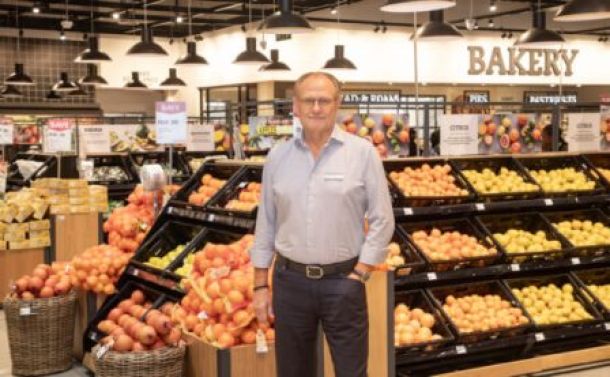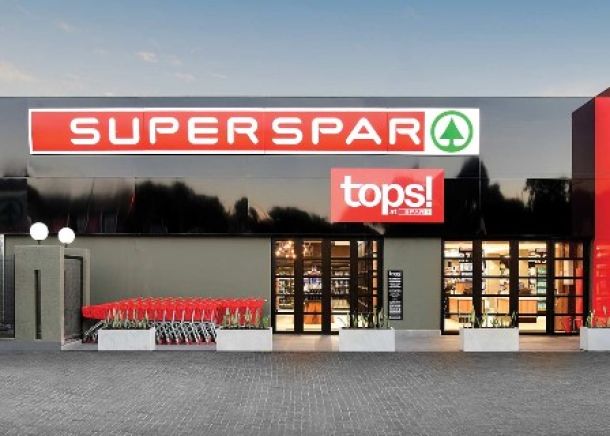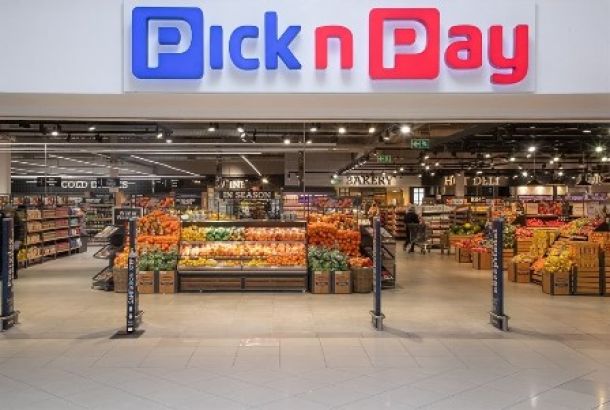Inside the rot at Woolworths
With even the darling of the retail sector now showing weakness, prospects for trading this year look bleak. A war to capture the dwindling spending power of SA consumers is raging in the retail sector, with promotions and aggressive pricing the weapons of choice.
In the clothing segment it’s especially fierce. Of Woolworths’ bid to defend its turf, Evan Walker of 36One Asset Management says: "In the run-up to Christmas, Woolworths had the biggest promotions drive I have seen in over a decade. Prices were slashed by 30%-40%."
The price cutting by the retailer, headed by Ian Moir, was even more dramatic in some instances. As an example, the price of a line of men’s shirts in the Sandton City store was cut from R499 to R80, says Alec Abraham of Sasfin Securities.
Even this slashing of prices, though, was not enough to stop the rot.
In a trading update for the 26 weeks to December 25 Woolworths reported clothing sales volume down 3.8% after adjustment for 7.3% internal inflation. On a like-for-like (same store) basis, sales volume was down 6.1%, barely bettering the 6.2% fall in the 19 weeks to November 11.
Walker sees little hope of the clothing segment lifting out of its depressed state any time any time soon. "It is going to be a very tough year," he says.
In the food segment Woolworths continued to roll out trading space aggressively, adding 7.9% in the latest update period. It bought the retailer a feeble 0.3% increase in sales volume after adjusting for 9.2% internal inflation. Like-for-like sales volume fell 3.6%, a poor showing compared, for example, with Pick n Pay, which upped like-for-like sales volume 3.5% in its six months to August.
Woolworths, it appears, has no alternative but to discount food prices heavily.
"It has the luxury of high margins to do it," says Abraham.
The food margin of Woolworths was a hefty 7.2% in its year to June, way ahead of closest rival Shoprite’s 5.6%. But whether lowering its margin will generate a commensurate rise in sales volume remains to be seen.
Woolworths has also not been having it all its own way in Australia, the source of almost half its pretax profit.
In particular, fashion retailer Country Road Group (CRG) has disappointed of late, with sales in the latest update period falling 0.9%. Sales growth in CRG’s market segment is running at 5.5%, says Abraham.
CRG is now the subject of a wide-reaching restructuring in which focus is on areas such as repositioning womenswear and stock availability. It suggests that all has not been right at CRG.
New CEO Scott Fyfe’s pending arrival at CRG bodes well if progress made by Woolworths’ department store retailer David Jones (DJs) is anything to go by. He’s a former Marks & Spencer executive, as is John Dixon, who took the reins at DJ’s last January. It delivered 4% sales growth in the latest update period in a department store segment where Abraham says sales fell 3.1%.
There is still a long way to go at the department chain, with issues such as a virtual absence of a customer relationship management system before Dixon’s arrival being addressed. Then there’s supply chain and the expansion of its private label range, and the introduction of food into a number of DJs stores.
Walker has doubts about the potential of food in DJs. He says the top end of the Australian food sector is characterised by the presence of a large number of independent store operators, unlike in SA.
With the trading update indicating an adjusted interim headline EPS fall of up to 5%, Woolworths appears to be facing a no-profit growth year to June.
Despite this, its share price is up 8% since its early-December three-year low and appears to have the legs to go a good deal higher. Seemingly, it reflects a share where the bad news has been more than fully discounted by the halving of its rating since its October 2015 peak.
News Category
- International retailers
- On the move
- Awards and achievements
- Legislation
- Wine and liquor
- Africa
- Going green
- Supplier news
- Research tools
- Retailer trading results
- Supply chain
- Innovation and technology
- Economic factors
- Crime and security
- Store Openings
- Marketing and Promotions
- Social Responsibility
- Brand Press Office
Related Articles

Pick n Pay plunges 16% on JSE as stock adjusts ...

SPAR suffering from a hangover

Pain for Pick n Pay

Pick n Pay disaster


